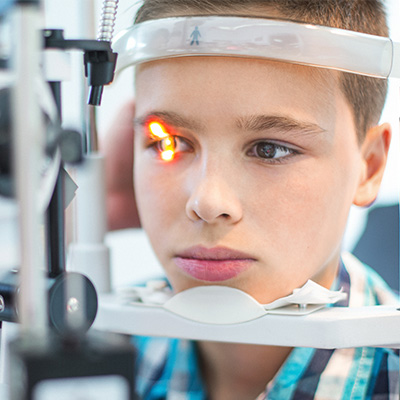Understanding Diabetic Retinopathy
Diabetic retinopathy is one of the most frequent causes of loss of vision in the US and the world. Diabetic retinopathy manifests due to poorly controlled diabetes creating damage to the blood vessels within the retina. Diabetic retinopathy risk factors increase the longer someone has diabetes and the less their blood sugar is controlled. Blood in the retina can be toxic to retinal tissue, resulting in vision loss. Most vision loss from diabetic retinopathy is due to diabetic macular edema and proliferative diabetic retinopathy. Dr. Alva has been managing and treating Diabetes in the eye for years.
Diabetic Macular Edema
The part of the retina that gives us our central vision is called the Macula. This area is nourished by blood vessels. When the blood vessels are weakened or begin to leak as a result of diabetes, fluid can develop causing swelling in the macula and in turn decreasing vision, which is called diabetic macular edema.
Proliferative Diabetic Retinopathy
More advanced stages of diabetic retinopathy occur when small blood vessels in the retina become damaged, creating poor circulation to the retina. Inadequate blood supply to the retina can cause tissue to die, resulting in a loss of vision. Retina tissue is a type of neurological tissue and cannot regenerate once it is lost. Growth factors can cause new blood vessels and/or scar tissue to grow within the surface of the retina due to poor circulation. “Proliferative” retinopathy is named because at this stage of the disease abnormal blood vessels are created within the retina in place of the retina tissue. Vitreous hemorrhaging can also occur. This happens when vessels bleed into the middle of the eye, causing vision loss. Scar tissue formation can also pull on the retina, detaching it from the back of the eye, resulting in vision loss.
Symptoms
Often, people with diabetic retinopathy do not notice symptoms until long after damage has occurred. Vision loss can very from mild vision loss to complete loss of vision. Other symptoms include: Color loss, difficulty reading, blurred or double vision, shadow across the field of vision, spots in vision, floaters, eye pain, and eye pressure. If you are experiencing any of these symptoms, we recommend you come into our office as soon as possible for diagnostic testing.


